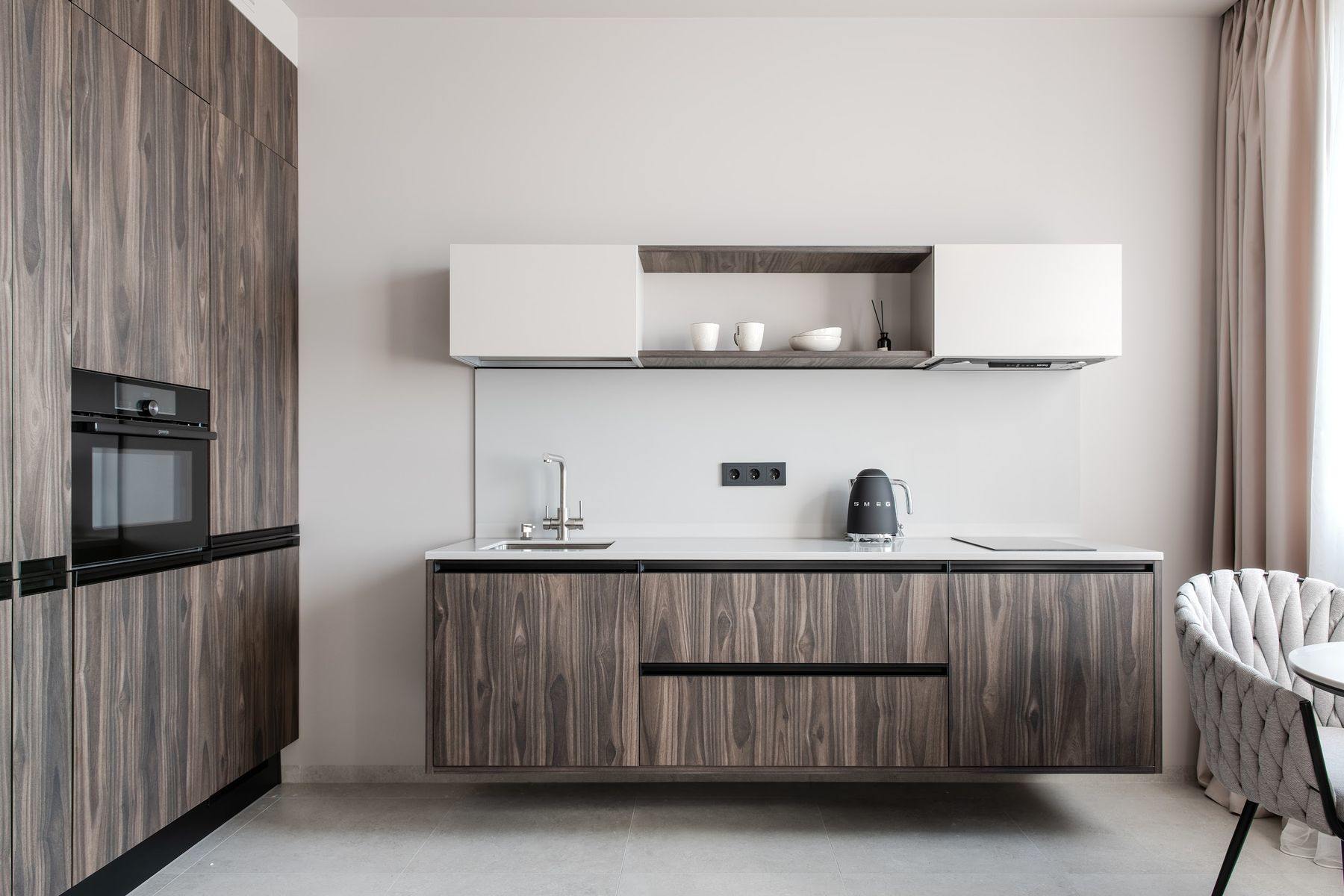
Revolutionizing Culinary Spaces: Embracing Innovation and Creativity
The world of culinary arts is experiencing a renaissance, marked by a surge of innovation and creativity. This transformation is reshaping not only what we eat but also where and how we prepare our meals. Chefs, designers, and entrepreneurs are revolutionizing culinary spaces, turning them into multi-functional, interactive, and aesthetically pleasing environments that enhance the cooking and dining experience.
The Rise of Open-Concept Kitchen Designs
Gone are the days of isolated kitchens tucked away from social spaces. Modern culinary spaces are adopting open-concept designs that foster a more inclusive and entertaining atmosphere. By blending the kitchen with living and dining areas, these spaces become the heart of the home where families and friends can gather, cook, and enjoy meals together. Open floor plans not only facilitate communication and social interaction but also allow kitchens to benefit from natural lighting and a sense of spaciousness.
Incorporating Sustainable Practices
As awareness of environmental issues grows, sustainability has become a key factor in the reinvention of culinary spaces. From farm-to-table initiatives to energy-efficient appliances and composting systems, sustainable practices are being integrated into the kitchen. This shift towards eco-friendly designs not only reduces the carbon footprint but also encourages healthier eating habits by prioritizing fresh and locally sourced ingredients.
Technology Integration for a Smart Kitchen Experience
Technology is transforming culinary spaces into hyper-connected and intelligent hubs. Smart kitchens equipped with IoT devices can automate tasks, manage inventory, and provide personalized recipe recommendations. Innovations such as smart ovens, fridges, and countertops with integrated touch screens and voice controls enhance convenience and precision in the cooking process, appealing to both tech-savvy individuals and culinary enthusiasts.
Designing for Flexibility and Multipurpose Use
To cater to the diverse and evolving needs of users, culinary spaces are becoming increasingly flexible. Modular designs and movable components allow for easy rearrangement and adaptation to various cooking and dining scenarios. Additionally, the incorporation of multipurpose furnishings, such as extendable dining tables and kitchen islands with built-in storage, maximizes the functionality of the space while maintaining a minimalist and clutter-free environment.
Creating Experiential Culinary Environments
Culinary spaces are not just areas for meal preparation; they are becoming immersive experiences. Designers are dedicating areas for activities like home brewing, pickling, or pasta making, inviting hobbyists to explore culinary arts in new ways. Cooking classes, wine tastings, and other social events are also finding a home in these reinvented spaces, enabling people to learn and share their passion for food and cooking.
Conclusion: The Future Is Flavorful and Functional
The reinvention of culinary spaces reflects a deeper understanding of how food plays a central role in our lives. By incorporating innovative design, sustainability, technology, flexibility, and experiential elements, these spaces are not only becoming more efficient and enjoyable but also act as canvases that inspire culinary creativity. As we continue to embrace these transformations, the future of culinary spaces looks both flavorful and functional, promising a richer and more interactive relationship with the art of cooking.